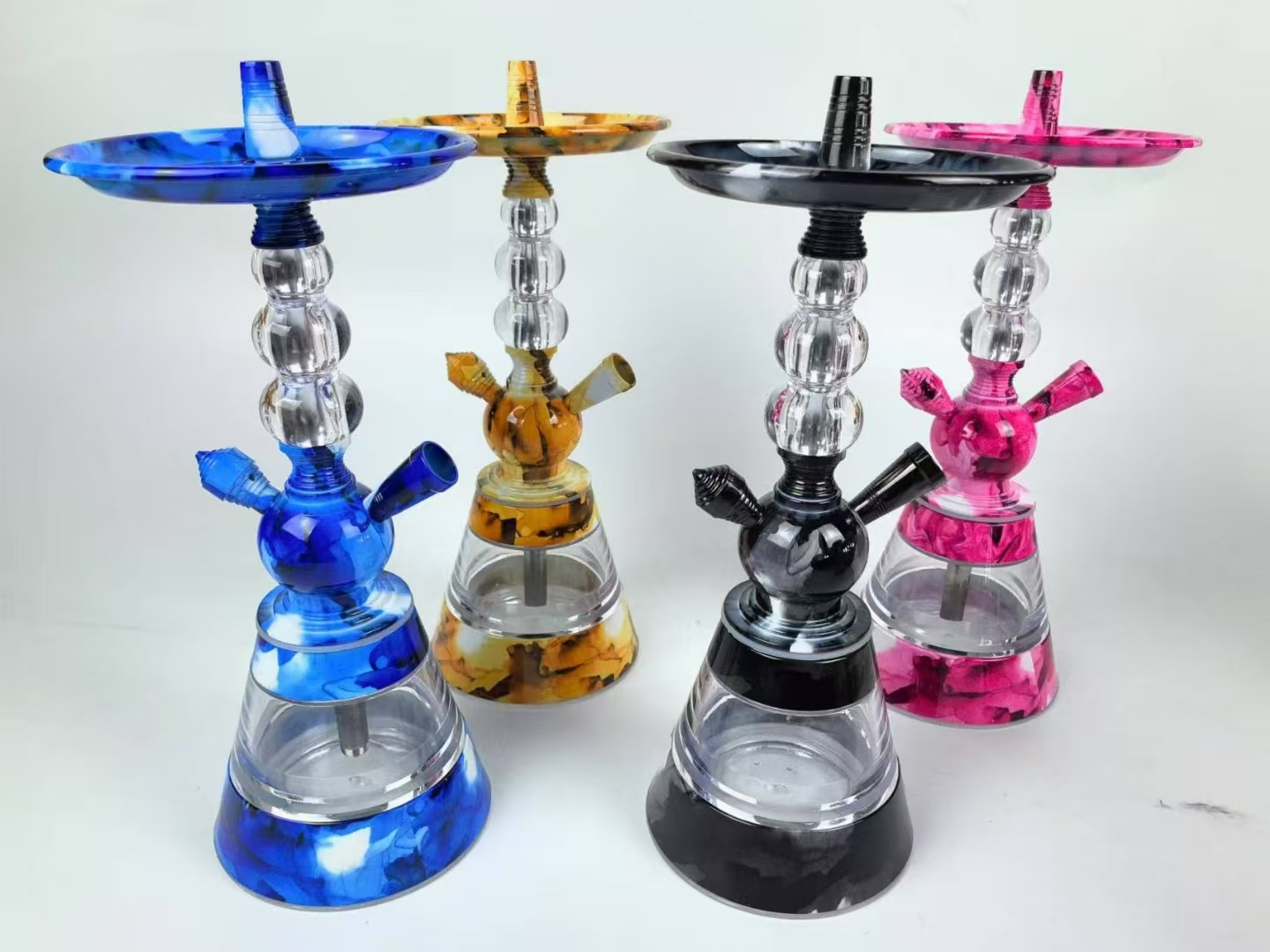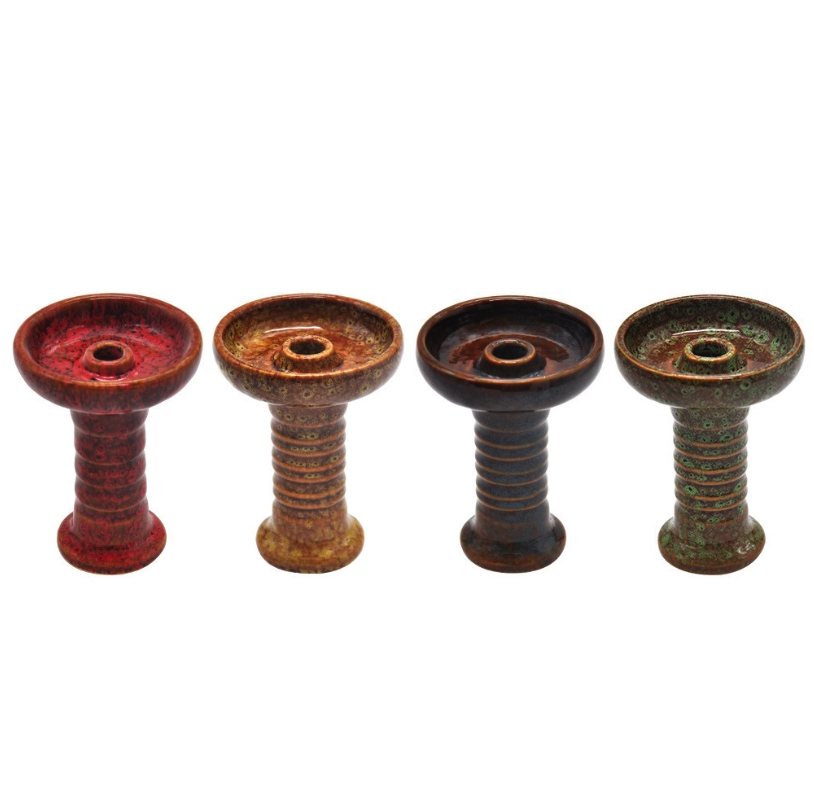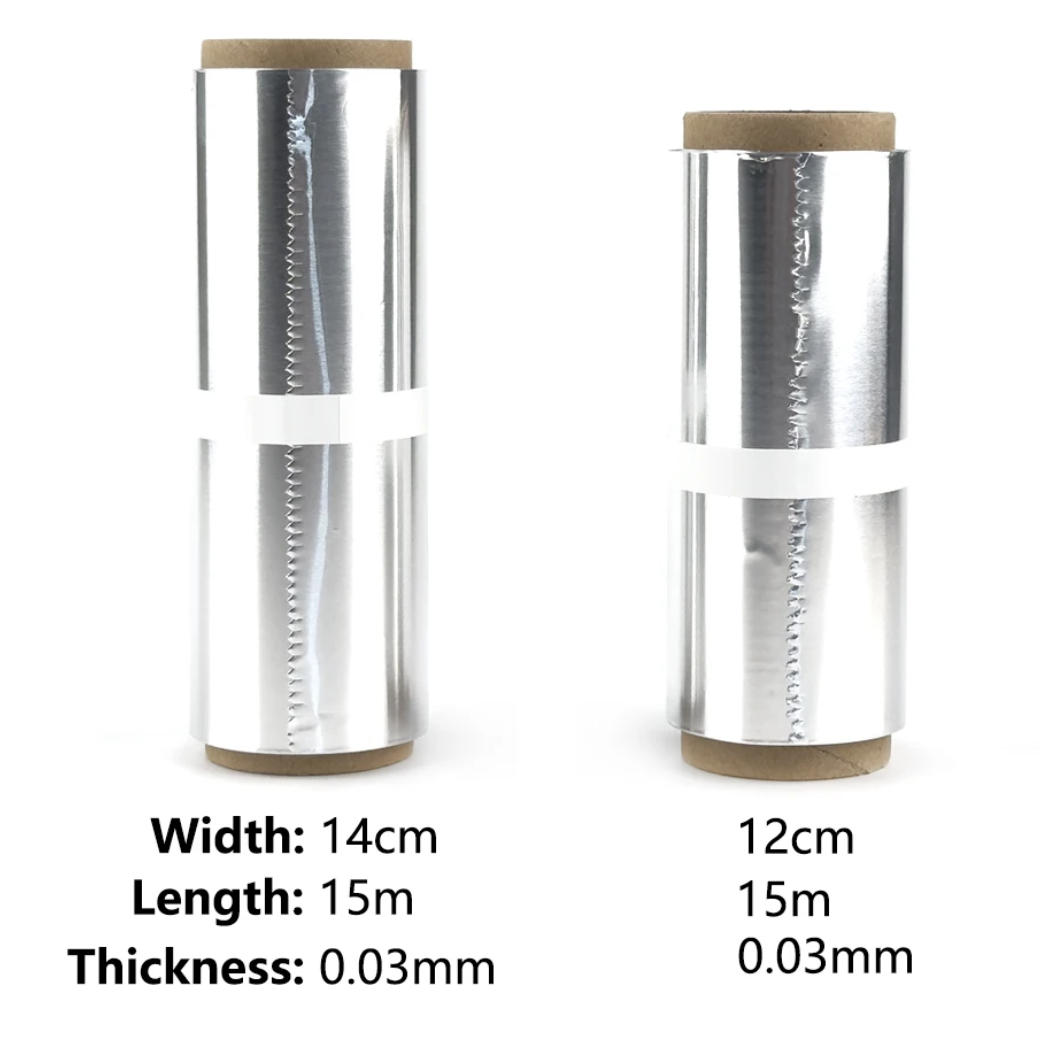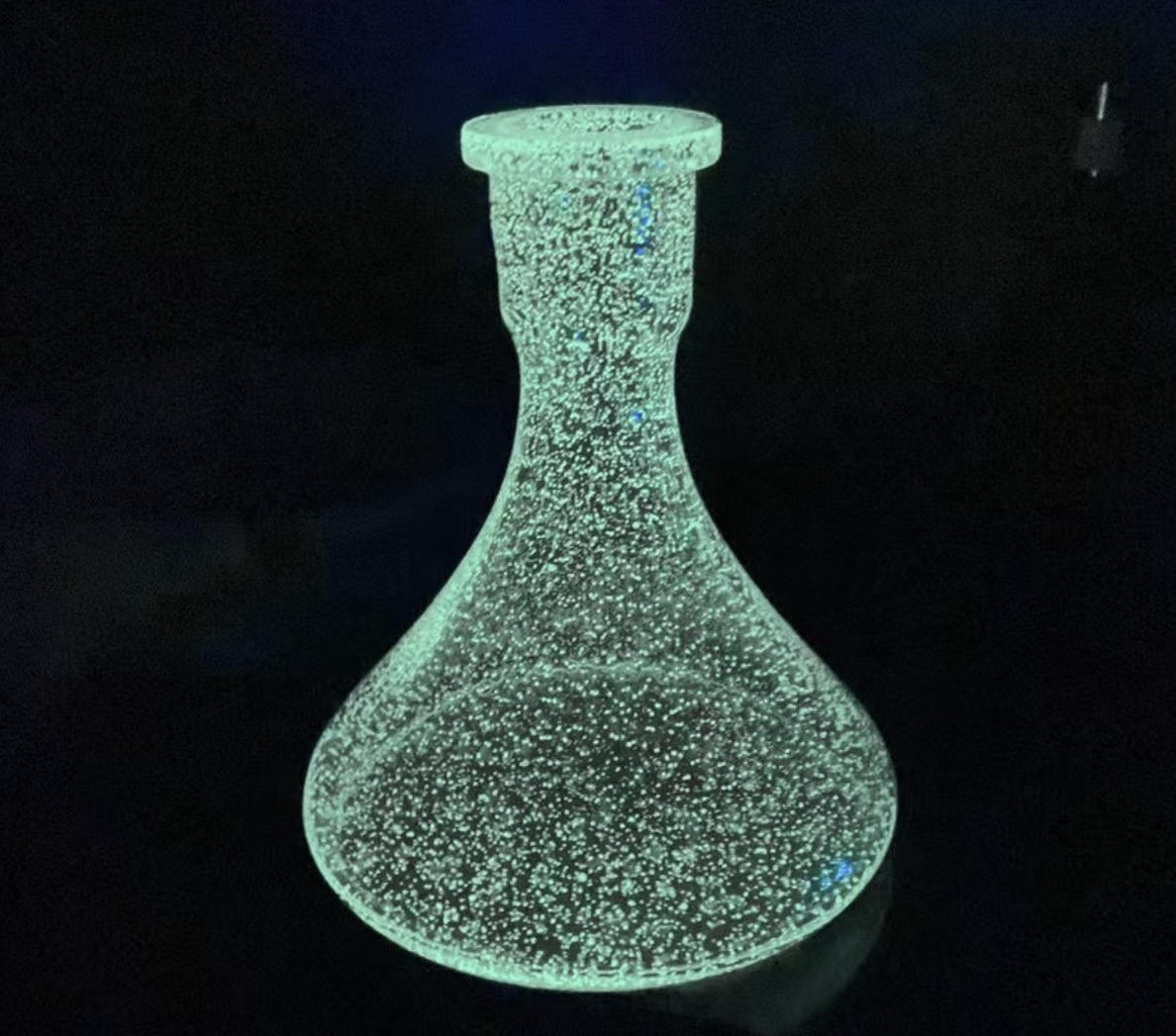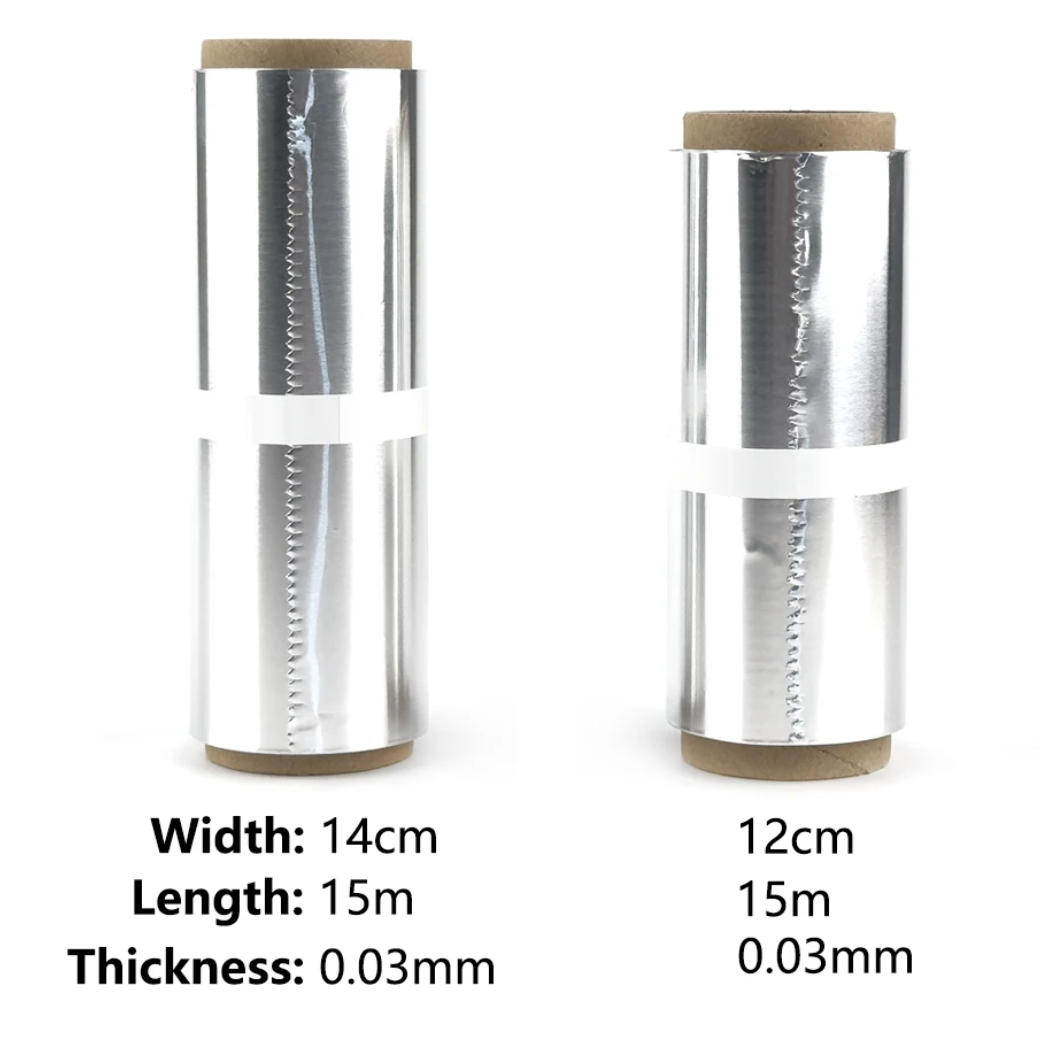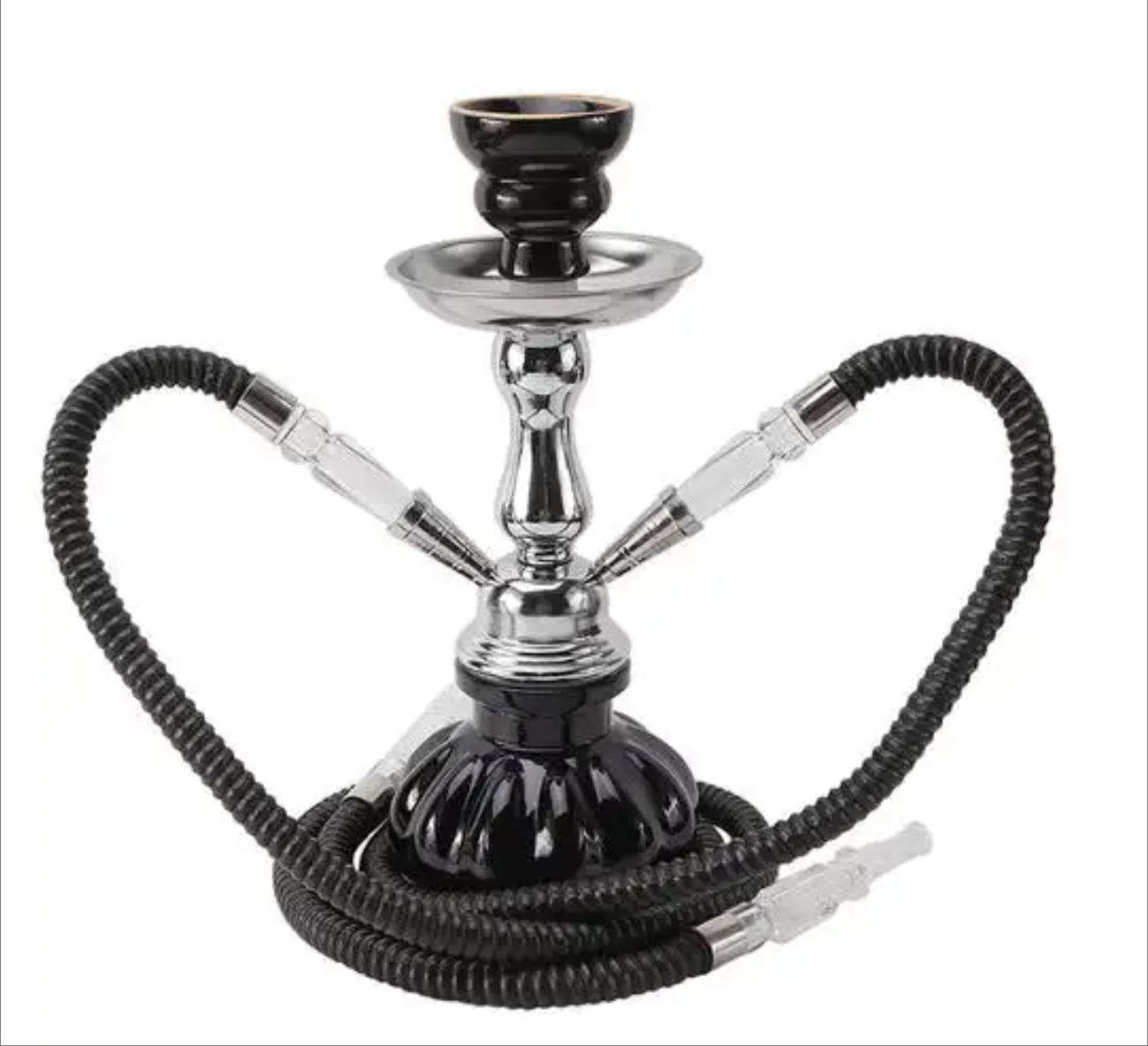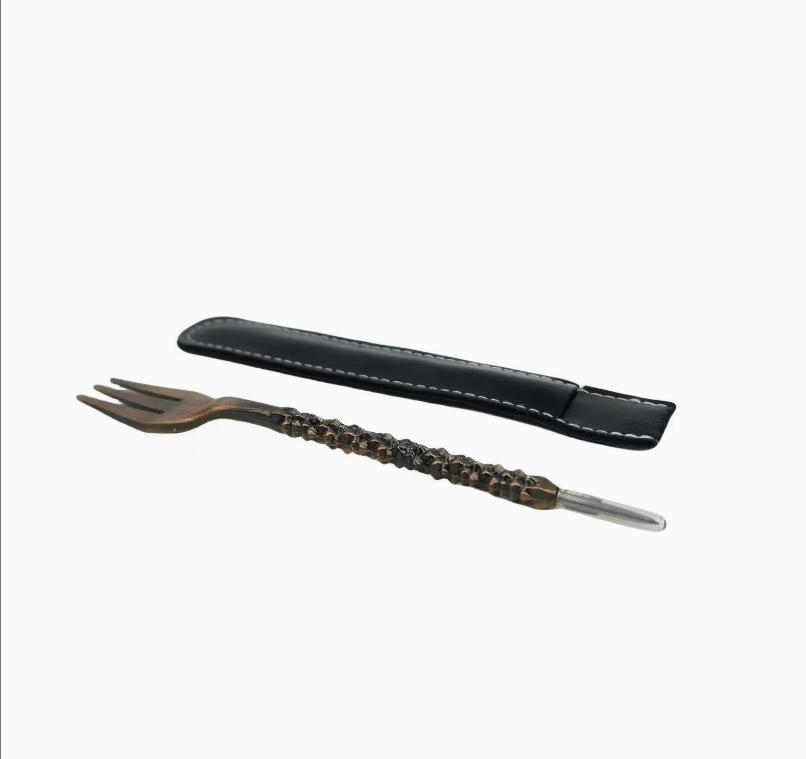Hookah Pricing Dynamics: Decoding Costs and Market Trends
I. Raw Materials and Production Process Costs
-
Differences in Core Material Costs
Traditional hookah equipment—such as glass bases, metal smoke tubes, and ceramic bowls—requires specific materials. For example, hand-blown high borosilicate glass bases offer excellent heat resistance, and fluctuations in raw material prices directly affect the final product cost. In contrast, the core components of electronic hookahs (e.g., E-Hookah), including atomizer chips and lithium batteries, depend on semiconductor and rare metal supply chains; a rise in lithium prices in 2022 increased e-cig production costs by about 15%. -
Process Complexity and Production Efficiency
Hand-carved limited-edition hookahs can require hundreds of hours of labor, with per-unit costs reaching 5–10 times those of mass-produced items. In comparison, mechanical e-cigarettes (Mods) utilize CNC precision machining technology. Although the initial equipment investment is high, marginal costs drop significantly with mass production. For instance, a certain brand’s Mods series improved production line efficiency, reducing the unit cost by 22% in 2023.
II. Brand Premium and Technological Barriers
-
Market Monopoly Effect of Leading Brands
Brands like JUUL and Vuse capture the high-end market through patented atomization technology, with product premiums reaching 60%–80%. For example, the 2023 flagship model from JUUL allocated 35% of its price to R&D investments, including iterative nicotine salt formulations and patented leak-proof designs. -
Impact of Technological Iteration Cycles
Rechargeable e-cigarettes see a faster depreciation of their technological premium due to improvements in battery capacity and the widespread adoption of fast-charging technology. Data show that from 2022 to 2024, the average replacement cycle for mainstream models shortened from 18 months to 12 months, with clearance prices for older models dropping by up to 40%.
III. Market Supply and Demand Dynamics
-
Regional Consumption Habit Differences
In the Middle East, the annual demand for traditional hookahs exceeds 20 million sets, with handcrafted copper hookahs averaging a price of $300. In contrast, the European and American markets favor electronic hookahs—with online sales accounting for over 65% of total sales in 2023—driving entry-level prices down to $29.9. -
Seasonal Fluctuations and Inventory Pressure
During Ramadan, hookah equipment procurement in the Middle East surges by 50%, temporarily driving wholesale prices up by 12%–15%. Meanwhile, e-cigarette distributors often clear inventory in the Q1 slow season through discount promotions, with some models even offered on a buy-one-get-one basis.
IV. Policies, Regulations, and Compliance Costs
-
Divergence in Global Regulatory Policies
The EU’s TPD directive requires that e-cigarette pod capacities be limited to below 2 ml, forcing companies to modify atomizer chamber molds—an adjustment that increases the per-unit cost by $4.7. In the United States, PMTA certification fees exceed $1 million, which has led to the exit of many small and medium brands and increased the market share of leading companies to 78%. -
Taxation and Tariff Pass-Through Effects
In Saudi Arabia, imported hookah equipment is subject to a 20% VAT; when combined with a 12% tariff, the end retail price can double the production cost. After China implemented its e-cigarette consumption tax, ex-factory prices for closed-system products rose by 33%, compressing channel profits to below 15%.
V. Consumer Behavior and Added Value
-
Social Attribute Premium
At luxury hookah lounges in Dubai, custom gold-inlaid hookahs can cost over $5,000 per unit, with service premiums making up 75% of the price. In addition, limited-edition collaborations within the e-cigarette community (such as Marvel-themed Mods) command premiums up to three times those of regular models. -
Second-hand Market Value Depreciation Curve
Twelve months after the launch of a flagship mechanical e-cigarette, second-hand market prices can drop to 45%–50% of the initial launch price, whereas classic handcrafted hookahs retain over 80% of their value for up to five years due to their collectible nature.
VI. Impact of Supply Chain Structure
-
Distribution Channel Cost Proportions
Traditional hookahs sold in physical stores incur a channel commission of 20%–25%, while e-cigarettes using a direct-to-consumer (DTC) model reduce channel costs to 12%. For example, after a certain brand shifted to its independent website in 2024, its gross margin improved by 8 percentage points. -
Packaging and Certification Costs
E-cigarette packaging that complies with Child-Resistant standards adds an extra cost of $0.8–$1.2 per unit; additionally, FDA-required ingredient testing reports add a compliance expense of $30,000–$50,000 per batch.
Conclusion Analysis Matrix
| Impact Factor | Traditional Hookahs (Typical Effect) | Electronic Hookahs (Typical Effect) | Example of Core Mechanism |
|---|---|---|---|
| Raw Material Fluctuations | ±18% | ±12% | In 2024, rising copper prices led to higher costs for Arab hookahs. |
| Technological Patents | 5%–8% | 25%–35% | JUUL’s temperature control technology resulted in a 32% premium. |
| Tariff Policies | ±22% | ±15% | India’s increased e-cigarette tariffs caused Vuse prices to rise by 19%. |
| Second-hand Market | -8% per year | -35% per year | A limited-edition Mods model depreciated by 52% within one year. |
| Seasonal Demand | ±15% | ±8% | Ramadan procurement drove peak wholesale prices for Egyptian hookahs. |
(Note: This matrix data is compiled from source 12.)
Final Remarks
The current market exhibits a polarized trend: high-end custom hookahs maintain price rigidity due to their cultural attributes, while electronic hookahs continue to lower costs through economies of scale. Companies need to monitor major commodities such as lithium and copper dynamically and establish early warning systems to cope with changing regulatory policies worldwide. Looking ahead, the integration of Web3 technologies (e.g., NFT digital hookah products) may open new avenues for premium pricing.
